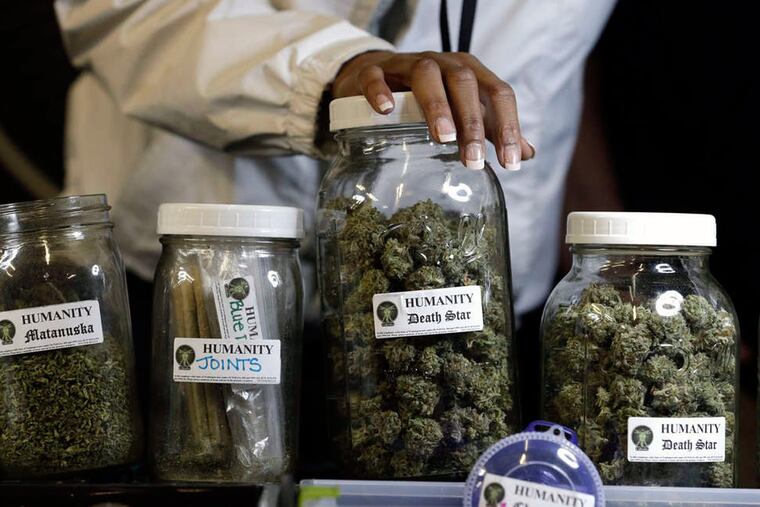Philly420: Racial disparity persists in Philadelphia marijuana arrests after decrim
African Americans continue to be disproportionately arrested for marijuana possession in Philadelphia.

African Americans continue to be disproportionately arrested for marijuana possession in Philadelphia.
There has been a dramatic decrease - over 80 percent - in overall marijuana arrests in Philadelphia since decriminalization was put into place in late 2014. But handcuffs have not been eliminated completely. Issuing a Code Violation under the decrim ordinance is at the discretion of individual police officers.
Philadelphia Police Department spokesman Lt. John Stanford told me last year that they continue to perform arrests if people are caught in the act of a transaction. In other words, they are observed scoring some pot.
Black residents are still almost five times more likely to end up in custody for small amounts of weed.
According to that data from the Pennsylvania Uniform Crime Reporting System, 633 adults and 151 juveniles arrested for less than 30 grams of cannabis in 2015 by Philadelphia police.
Of the adults nabbed under the state misdemeanor for pot, 518 were African American (82 percent) and of the juveniles 112 were African American (74 percent).
It is important to note that the same trend does not exist for other drug offenses.
For example, arrests for possession of heroin and cocaine (combined under the PA UCR coding) were 4,083 adults and 75 juveniles in 2015.
Of those adults 1,738 were African American (42 percent).
One of the reasons Philadelphia decriminalized marijuana possession was because of a long trend of racial disparity to the arrests.
Mayor Jim Kenney pointed to this fact when he championed the ordinance while serving as a City Councilor.
Even the language of the law itself, as passed by Council and signed by then Mayor Michael Nutter, states:
WHEREAS, There is evidence that minorities are disproportionately impacted by the enforcement of marijuana laws, with African Americans 5.19 times more likely to be arrested for SAM [Small Amount of Marijuana] violations in Philadelphia than Caucasians despite evidence showing nearly identical use across both communities. Of those arrested in Philadelphia for SAM possession in 2012, 82 percent were African American;
Unfortunately those trends have continued.
The good news is that the decrim bill has led to an overall decrease in marijuana arrests in 2015; down 84 percent for adults and down 74 percent for juveniles from 2013 levels.
The policy has kept more than 3,500 people out of holding cells for joints and dime bags. It is also estimated to have saved the city almost $4 million last year compared to 2013.
Philadelphia has also inspired Pittsburgh to pass similar legislation, a decrim ordinance is being heard in Harrisburg this month and more municipalities like Lancaster and Wilkes Barre are interested in making the shift.
Still, only Philly sees this striking racial disparity.
Yet Philadelphia is not alone in confronting this disturbing reality of how marijuana prohibition enforcement plays out along racial lines in urban environments.
There are no easy answers on how to solve the problem. But additional police training could certainly be part of the solution.
Mayor Kenney and Police Commissioner Richard Ross would do well to find ways to address the issue.